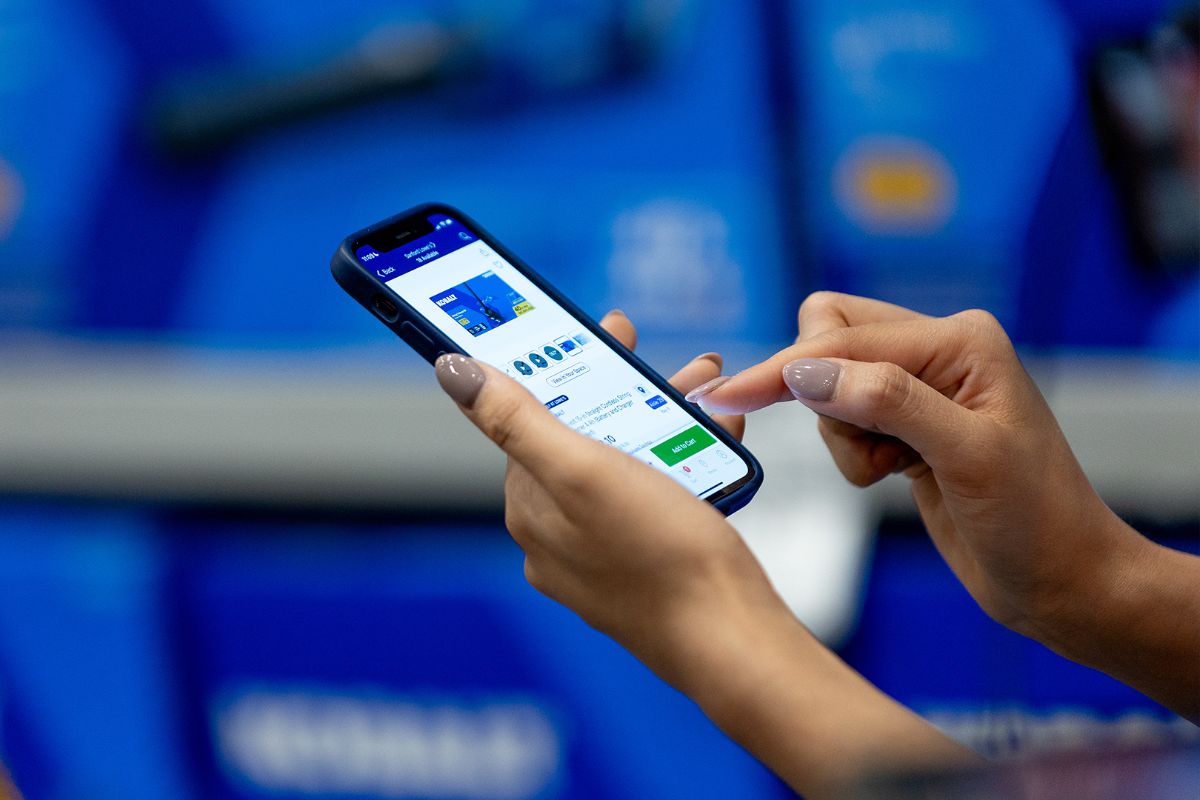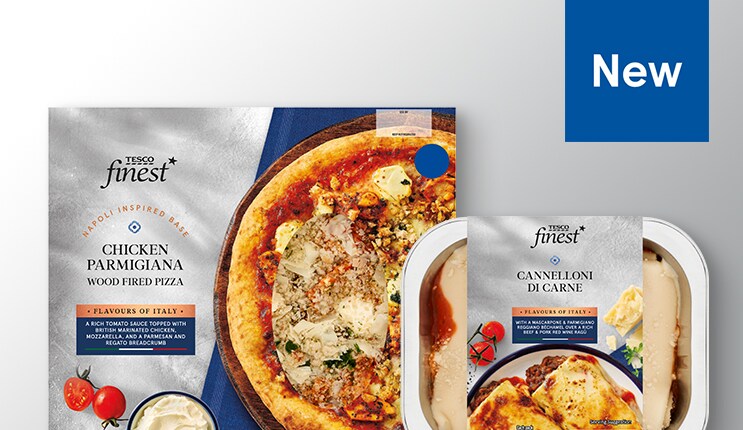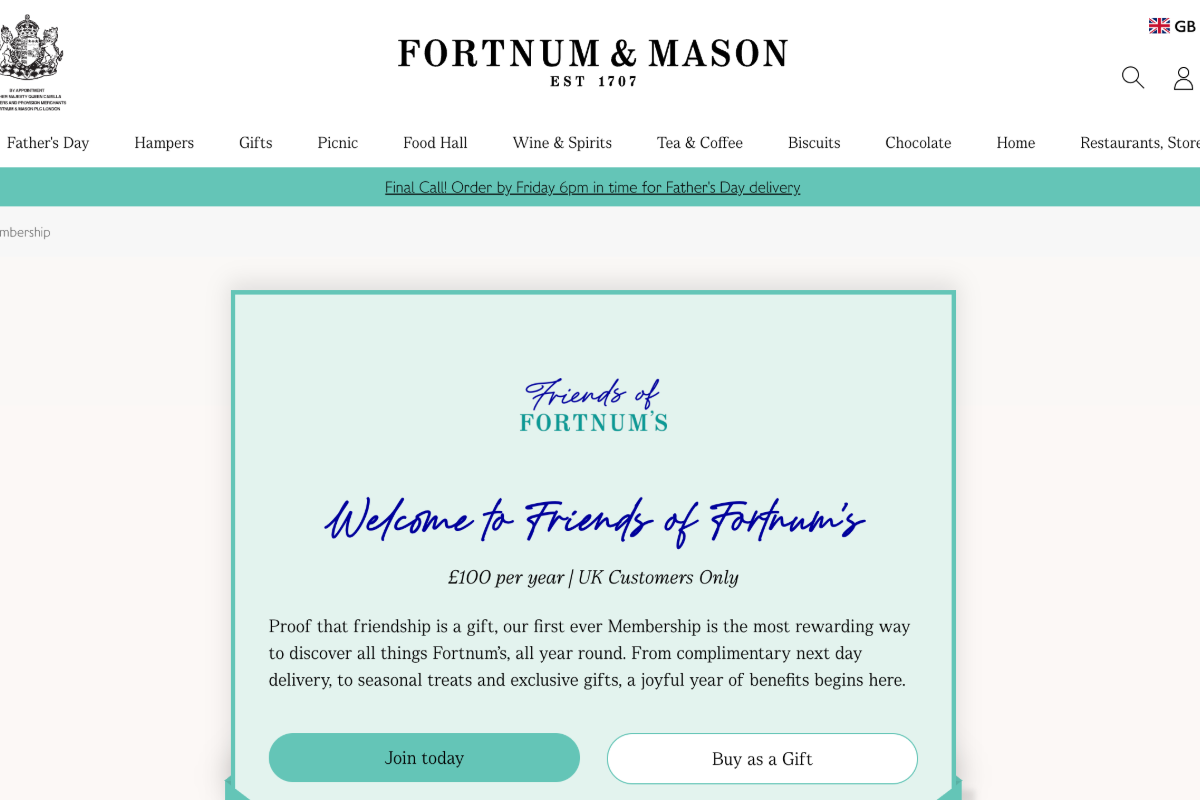Engagement is the key to modern online sales and cutting through the noise is increasingly vital. So which brands are doing it well? When it comes to using social media effectively, big isn’t always best.
According to Red Hot Penny, a retail search marketing agency, in its analysis, “The Social Scorecard: High Street Fashion & Accessories 2018” that examines the state of UK high street retailers’ social engagement, there are some surprises.
While there are massive global brands in the top ten, including Nike, Adidas, Diesel and Tommy Hilfiger, smaller brands such as Dr Martens and Lululemon see much higher engagement rates from social media followers than the global players. Dr Marten’s has superb Instagram engagement and Lululemon performs well on Twitter.
British brands M&S, Next and Paul Smith all perform well on social media. M&S (tenth, 77%) sticks to its tried and tested formula of great food photography and showcasing of key clothing items, with its Instagram feed having a slightly more fashion savvy female focused edge. Next (13th, 71%) uses Instagram well mixing up regrams of influencer’s posts and its lookbook imagery. Paul Smith (16th, 70%). has a differentiated feel on each platform and good mix of high quality content including video/image/gifs etc.
These UK stores beat high street success stories Primark, (19th, 68%) Topshop (17th, 69%) and H&M (21st, 66%) which were let down by lower post engagement levels.
John Lewis could do with looking at its social media strategy and activation afresh, coming in at 27th with a score of 62%. Middle England’s favourite is let down by a lack of editorial imagination and lacklustre re-posting of catalogue and look book imagery. However, on a customer service front John Lewis has empowered its social media customer support team. These cheery souls are responsive and able to troubleshoot, solving disgruntled customers’ problems.
Some of the most engaging brands on Instagram were ECCO, Topman and Timberland, whereas strong performers on Facebook and Twitter included Bon Marche, Edinburgh Woolen Mills and Wallis, all of whom don’t necessarily focus on a youth market.
Unsurprisingly, the brands at the top of the rankings are those who really know their audiences and who engage them in a natural way. Lululemon consistently has activity that’s well thought out and inspirational which speaks directly to the needs of its stylish fitness fanatic audience.
While the established players tend to have the most followers, their engagement rates were often far below newer brands. These big retailers also had much more visible negative customer experience complaints. There seems to be a critical mass of 250,000 Facebook followers at which posted engagement and comments switches from being positive to negative. At this point, brands’ Facebook platforms seem to be perceived by customers as a customer service channel.
Supermarkets
By value, UK supermarkets now account for 10% of UK clothing retail. However, their social media engagement is underwhelming, and although they have created standalone accounts for their clothing brands, George only came 67th in our study with 47%, while its Facebook activity and engagement is pretty solid its twitter and Instagram posting is unimaginative. F&F from Tesco scored 35% bringing it in at 88th and Sainsbury’s Tu came 91st with 34%.
Be Charming
Instagram engagement rates (0.779%) and average post engagements (11,211) were higher than Facebook (0.084%, 545) or Twitter (0.062%, 206). This is probably caused by Instagram’s visual nature which makes it naturally suited to fashion and accessories content. The channel is also more popular with younger people.
Magazine vs catalogue
Established brands tend to feature much more of their own range on their channels treating the social platforms as a catalogue. Smaller, newer players however, were more editorial including memes and videos, driving up engagement rates. Urban Outfitters has an average twitter post engagement sore of 1,054, with one post with 24,000 engagements. Without this post the average would have been 90. The post with the engagement wasn’t a piece of clothing or fun meme. It was about a K-Pop album pre-launch.
Russ Powell, head of marketing, Red Hot Penny says “Chain retailers who can do social media well are going to be those who’ll ride out the high street’s hard times. Knowing what your customer wants and having it available at the right price has always been the key to retail success. On social media understanding both the platform you’re on and your shopper is key.
What are they saying?
According to InternetRetailing UK Top500 research just a small minority (8%) told a personal interest story about an individual or community. Homewares and DIY retailers were most likely to use this approach. By contrast, more than a third (34%) of posts provided product information – an approach that was most commonly found among the same group of homewares and DIY retailers.
Some 12% of the posts analysed promoted discounts or special limited offers. The technique was the most common among health and cosmetics traders.
Promoting an event accounted for 8% of posts and was most common for general retailers, while 10% promoted a new product or product line.
All allowed viewers to comment on their posts but only a fifth (20%) actively encouraged readers to do so. The most likely to do so were large household name retailers.
Perhaps that’s because doing so implies an investment in monitoring social comments and feedback that’s beyond the resources of smaller traders. Some 8% invited comments or feedback via other channels, for example, by directing people to the blog. Access or usability information about their stores was provided by 6% and was most common for department stores, where information typically covered how to reach the store, or the type of in-store services that were available. Meanwhile, one in five (20%) provided access or usability information about the retailer’s websites that went beyond a link. This might include additional services offered on websites, such as personal recommendations.
Finally, 6% of the Top50’s Facebook pages used a pop-up window that operated in a similar way to live chat to ask, unsolicited, whether the visitor had a question.
The full Red Hot Penny ranking is here
Image: Fotolia








